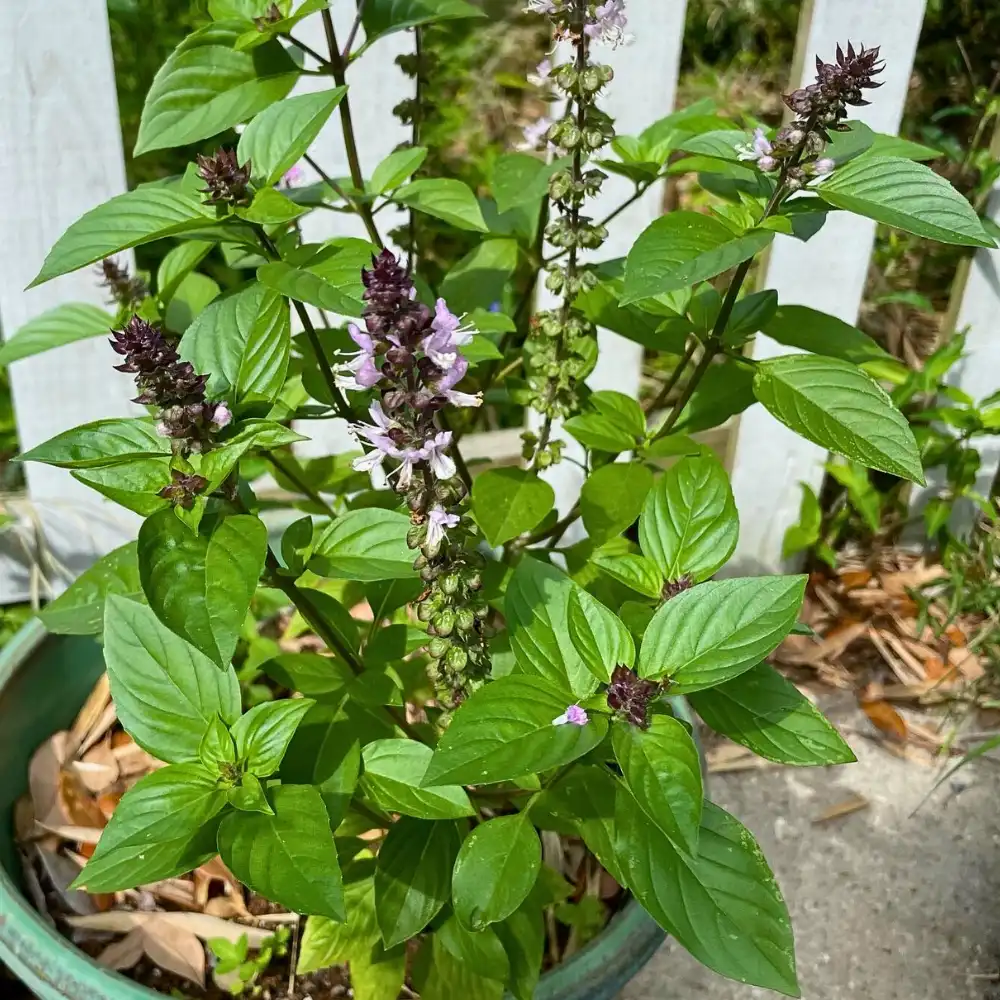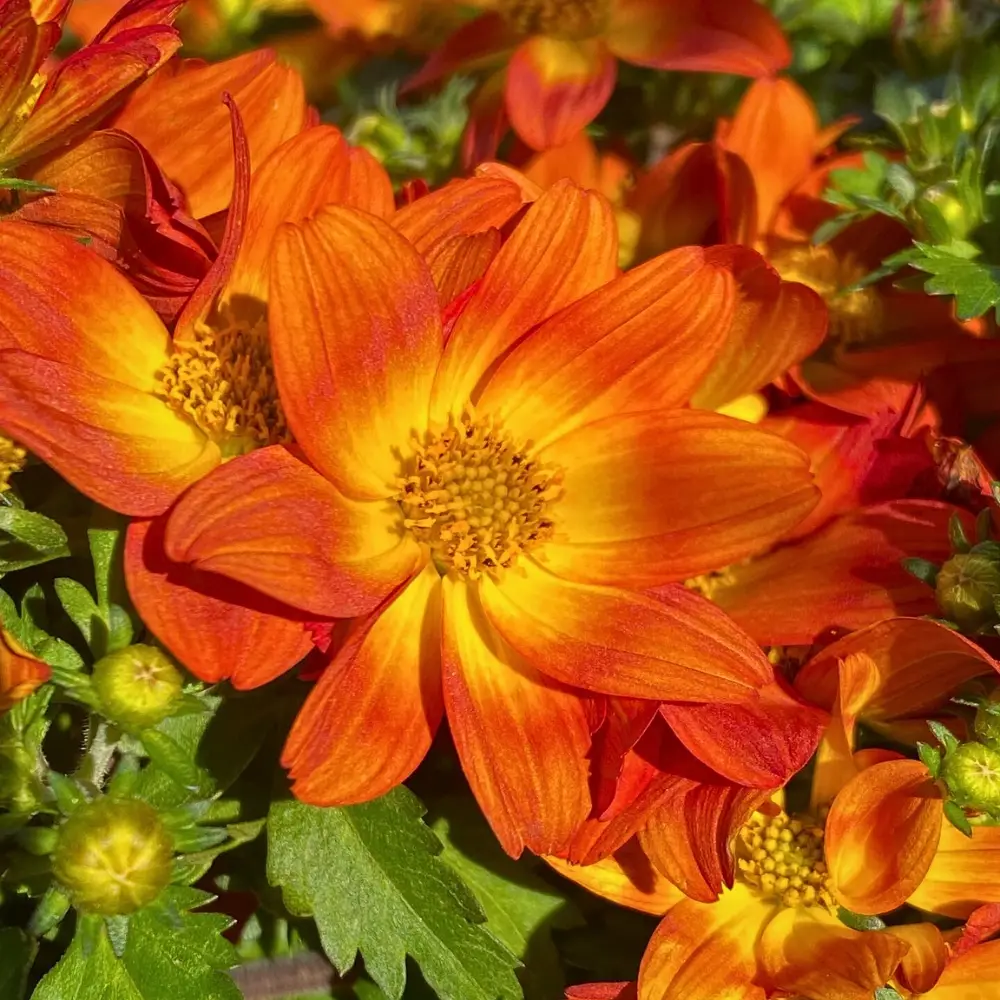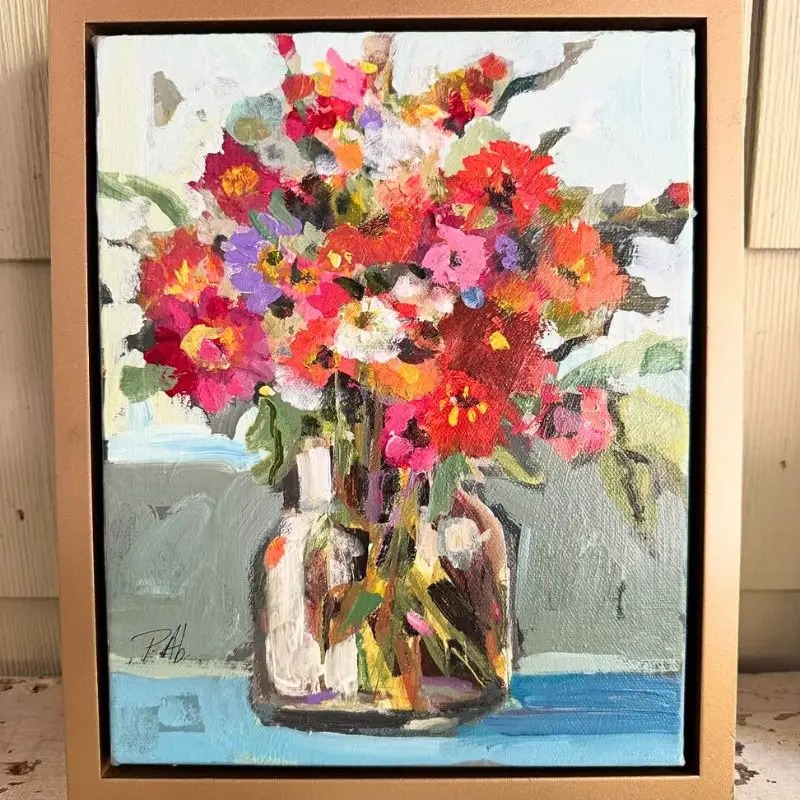Considering an automated irrigation system for your garden? Whether you're cultivating a vibrant array of flowers, nurturing a vegetable garden, or maintaining a lush lawn, the right irrigation method can make a significant difference. Sprinkler systems and drip irrigation each offer unique benefits tailored to different gardening needs and environments. But how do you decide which one is right for your green space?
This guide examines the types of sprinkler and drip irrigation systems, highlighting their advantages, practicalities, and suitability for various garden types. Its objective is to help you make an informed decision, ensuring your garden not only survives but thrives.
How Sprinkler Systems Work
Sprinkler systems consist of a network of pipes with attached sprinkler heads that spray water over a designated area. The sprinklers are connected to a timer that turns on the water, ensuring your garden gets watered at the right intervals.
There are several types of garden sprinklers, each with its unique function:
- Oscillating Sprinklers: These sprinklers cover a rectangular area by moving back and forth, ensuring even watering.
- Rotary Sprinklers: These sprinklers spray water in a circular pattern, perfect for round or irregularly shaped areas.
- Impact Sprinklers: Propelled by water pressure, these sprinklers can cover a large area, making them ideal for big gardens.
- Mist Nozzles: These release a fine mist, providing gentle watering for delicate plants.
Understanding the functionality and suitability of different types of sprinklers is crucial in determining if a sprinkler system is the right choice for your garden.

How Drip Irrigation Systems Work
Drip irrigation delivers water directly to the roots of plants through a network of valves, pipes, tubing, and emitters. The emitters play a significant role, as they release water slowly at the base of each plant, either through tiny holes or drippers. This ensures the water reaches the roots, where it's needed the most.
There are several types of drip irrigation systems, each designed for specific needs:
- Drip Lines: These are tubes with built-in emitters that run above the ground. They're designed to deliver water directly to the plant roots, making them an efficient choice for row crops or densely planted areas.
- Soaker Hoses: These are porous hoses that ooze water along their entire length. They're ideal for watering rows of plants or long garden beds.
- Bubbler System: This system uses discrete emitters attached to the tubing to water individual trees or shrubs. It's a great choice for gardens with large plants that require more water.
Understanding how different types of drip irrigation systems work can help you choose the most suitable one for your garden. The goal is to provide your plants with the water they need while conserving as much water as possible.
Notable Differences Between Sprinklers and Drip Irrigation
When choosing the best irrigation system, consider these key differences:
- Water Usage: Drip irrigation is a water-efficient method. It uses up to 50% less water than sprinklers. This is because it delivers water directly to the plant roots, preventing evaporation loss that is common with spray systems.
- Ease of Installation: Sprinkler systems are generally simpler to install. On the other hand, drip irrigation requires more planning and precisely spaced emitters to ensure each plant receives adequate water.
- Plant Health: Drip irrigation contributes positively to plant health. It keeps plant leaves dry, reducing the risk of fungal diseases. Moreover, it waters deeply, encouraging the growth of robust roots.
- Maintenance: Drip systems require more maintenance, as emitters can clog over time. In contrast, sprinklers generally have fewer issues and are easier to maintain.
- Cost: Sprinkler systems are usually cheaper to install. Drip systems, while having a higher initial investment, can lead to water savings in the long run.
- Water Restrictions: Local regulations may prohibit sprinklers or limit watering times. Drip systems, due to their efficient water usage, may be exempt from these restrictions.
Both sprinkler and drip irrigation systems have their unique advantages and challenges. Your choice should align with your garden's specific needs, local climate, and water regulations.

Choosing the Right System
When it comes to choosing the right irrigation system, the layout of your garden and the types of plants you have are important factors to consider.
- Gardens Suited for Sprinklers: Sprinkler systems are a great fit for large open gardens with grass and shrubs. They also work well for plants that are grouped closely together with similar water needs. If your garden is on a slope where drip lines may not work effectively, sprinklers can be a good choice.
- Gardens Suited for Drip Irrigation: Drip irrigation systems are ideal for small vegetable gardens and ornamental beds. If your garden has a mix of plants with diverse water needs, a drip system can cater to each plant's individual requirements. Drip systems are also beneficial in hot, arid climates where water conservation is crucial. Moreover, if your area is prone to fungal diseases that spread by water on leaves, drip irrigation, which keeps leaves dry, can be a preventative measure.
Drip irrigation is usually the most water-wise choice. But sprinklers can be a good option for lawns or very large gardens. You can also install a combination system with drip lines for garden beds and sprinklers for the lawn.
It's essential to match the system to your specific needs and situation. With proper installation and maintenance, both types will provide an efficient way to keep your garden thriving.
Final Thoughts
Choosing between a sprinkler and drip irrigation system boils down to understanding your garden's unique requirements and the environmental conditions you're working with. Both systems offer distinct benefits that can make your gardening efforts more efficient and rewarding. Whether you lean towards the broad coverage of sprinklers or the targeted efficiency of drip irrigation, the right choice will ensure your plants receive the care they need while conserving water and saving on costs.
As you explore the best irrigation option for your garden, remember that the goal is always to support the health and growth of your plants in the most effective, sustainable way possible. Taking the time to assess your garden's layout, plant types, and local climate will guide you to the irrigation solution that aligns perfectly with your gardening aspirations.










